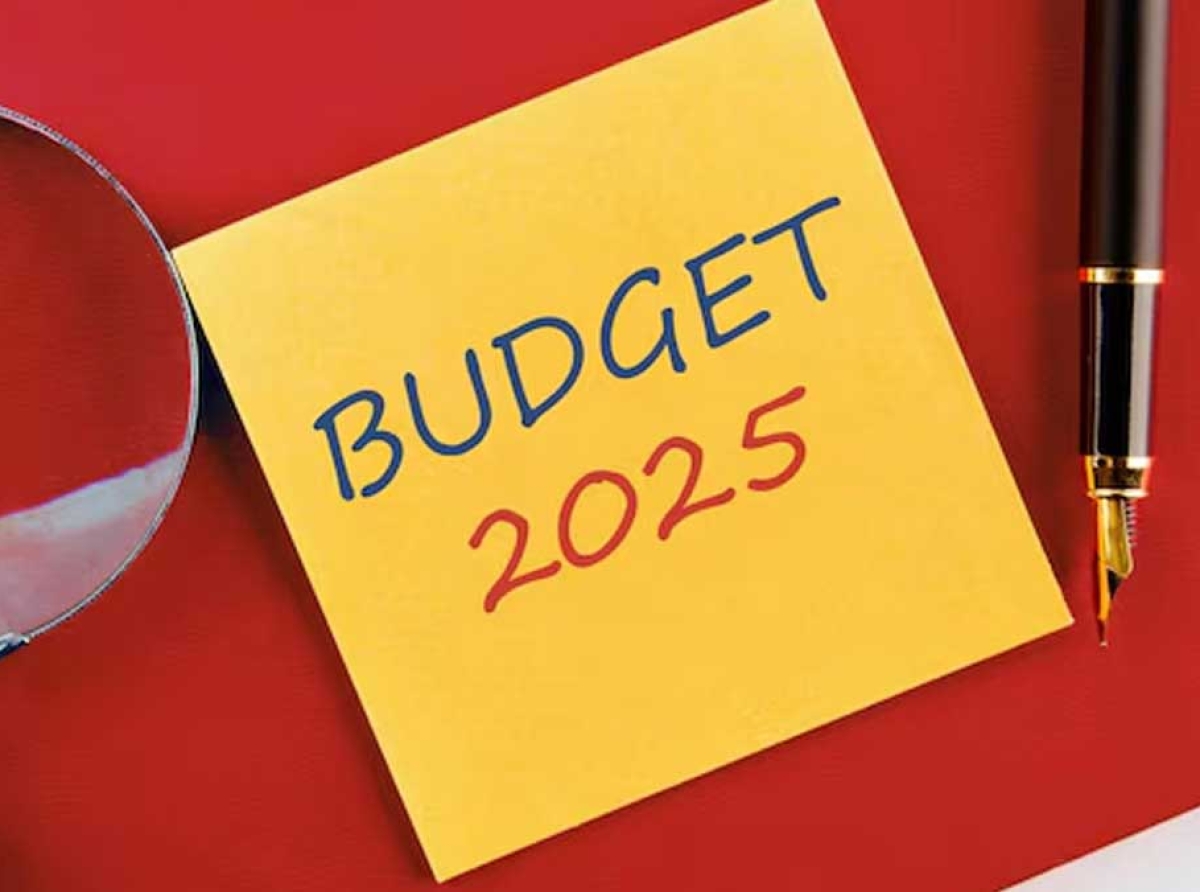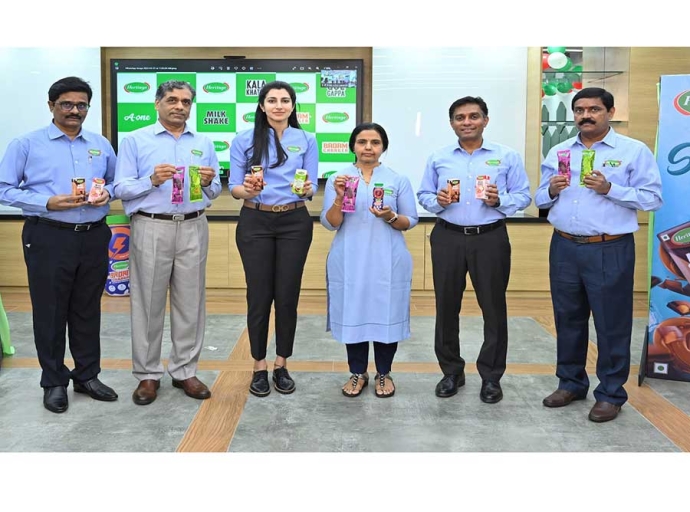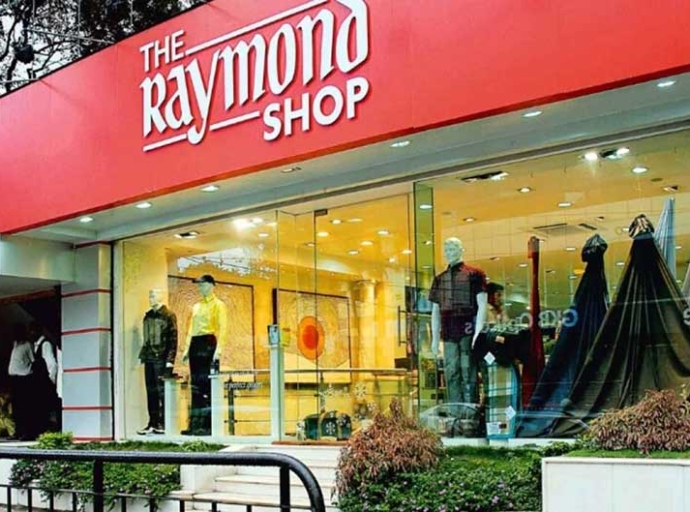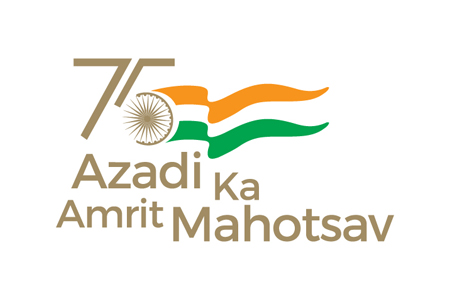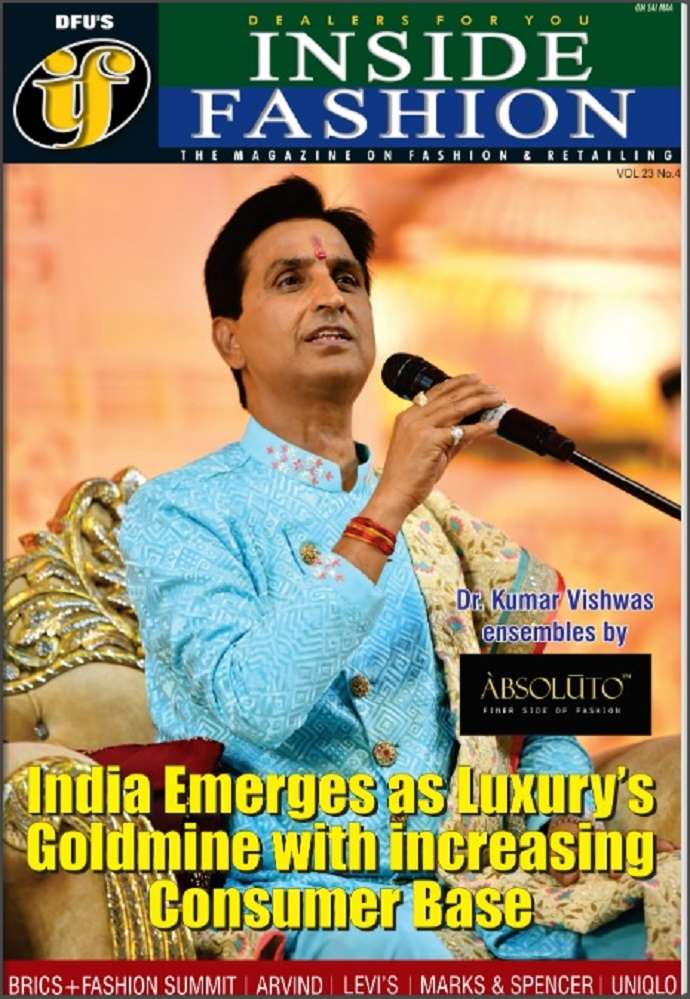27 January 2025, Mumbai
The Indian apparel retail industry is on tenterhooks awaiting the Union Budget 2025-26, hoping for measures to revitalize the sector amidst slowing demand and global economic uncertainties. With the Budget to be announced on February 1, industry leaders have voiced their expectations, focusing on key areas like taxation, GST rationalization, and support for domestic manufacturing.
Boosting consumer demand and spending
A primary concern is boosting consumer demand. As Nishant Poddar, CMO of Universal Sportsbiz (WROGN), points out, income tax reforms are a welcome move to ease the financial strain on the middle class, leading to higher disposable income and spending. As per him, the Budget lays a promising foundation for the retail industry's growth. By focusing on affordability, rural development, and sustainable practices, we can align our strategies with evolving consumer needs.
This sentiment is echoed by Satyen Momaya, CEO, Celio India, who urges the government to boost consumer demand by reducing individual income tax and interest rates. Jaiwant Singh Dhingra, Director, Numero Uno anticipates a Bbudget that supports the goal of India being a center for premium, eco-friendly fashion.
Adding to this, Alok Dubey, CEO of Lifestyle Brands at Reliance Retail, emphasizes the need for measures that enhance consumer spending power. He hopes the Budget will focus on increasing disposable incomes, which will drive consumption and boost the retail sector. This highlights the direct correlation between consumer spending and the overall health of the retail industry.
GST rationalization and its impact
GST rationalization is another key demand. Poddar explains that a reduction in GST rates on mass-consumption products, including apparel, has the potential to drive demand. He believes this will make fashion more accessible, especially in the value segment. Momaya suggests retaining the current GST slabs, especially for products priced at Rs 1,000 and above, to support the apparel and lifestyle retail segment.
And Shyam Prasad, Co-Founder and CEO, Brand Studio Lifestyle, points out that a lower tax rate for new manufacturing units can open up more opportunities in India's apparel sector. With the right support, the industry can continue to set global benchmarks in fashion while contributing significantly to the nation's economy.
Dilip Kapur, President of the Leather Goods and Accessories Manufacturers and Exporters Association of India, adds another dimension to the GST debate, stating that a uniform GST rate across all apparel categories will simplify the tax structure and reduce compliance burdens. This suggests a need for streamlining the GST framework for the industry.
Supporting domestic manufacturing and sustainability
The industry is also looking for support in domestic manufacturing and sustainability. Poddar highlights the potential of expanding the Production Linked Incentive (PLI) scheme to consumer goods, stating that it supports the availability of affordable, locally made products.
Radhika Koolwal, Co-founder of Urban Space, hopes for policies that incentivize domestic manufacturing, such as subsidies on raw materials and machinery, along with tax breaks for MSMEs and startups. She also expects initiatives that encourage sustainable practices, including "tax benefits for brands adopting eco-friendly production processes."
Rahul Mehta, Chief Mentor, Clothing Manufacturers Association of India (CMAI), stresses the importance of supporting the 'Make in India' initiative. He says, "The government should provide incentives for manufacturing units to adopt advanced technology and automation, which will improve efficiency and competitiveness." He says, "The government should provide incentives for manufacturing units to adopt advanced technology and automation, which will improve efficiency and competitiveness."
Addressing sector-specific challenges
Shamsher Dewan, Senior VP at ICRA, points out the challenges being faced by the textile industry, including "sluggish global demand, supply chain issues, and competition from neighboring countries." He expects the Budget to focus on measures supporting the MSME sector, job creation, and skill development.
Ramesh Agarwal, Director at Rupa & Co., highlights the need to boost cotton production, which has declined by 18 percent over the past decade. He advocates for the launch of Technology Mission on Cotton II (TMC II) to revitalize the sector.
The government aims to achieve a $350 billion textile market size, including $100 billion in exports, by 2030. The Indian apparel market is estimated to be worth $70 billion in 2025. Online fashion retail is expected to grow at a CAGR of 25 per cent between 2023 and 2028.
What’s more, 60 new shopping malls are expected to become operational in India between 2023 and 2025.
Indeed, the apparel retail industry has high hopes for the Union Budget 2025-26. By addressing key concerns like taxation, GST rates, and support for domestic manufacturing and sustainability, the government can stimulate growth, boost consumer demand, and strengthen India's position as a global player in the apparel and fashion sector.
Latest Publications


